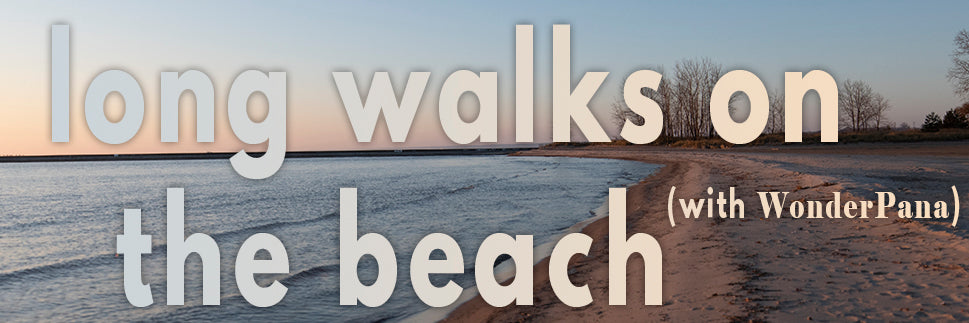Menu
Lens Adapters
Lens Adapters
Lens Adapters
Lens Adapters
Lens Adapters
Lighting/Grip
Light Modifiers
WonderPana System
Accessories
Other Gear
Other Gear
×











